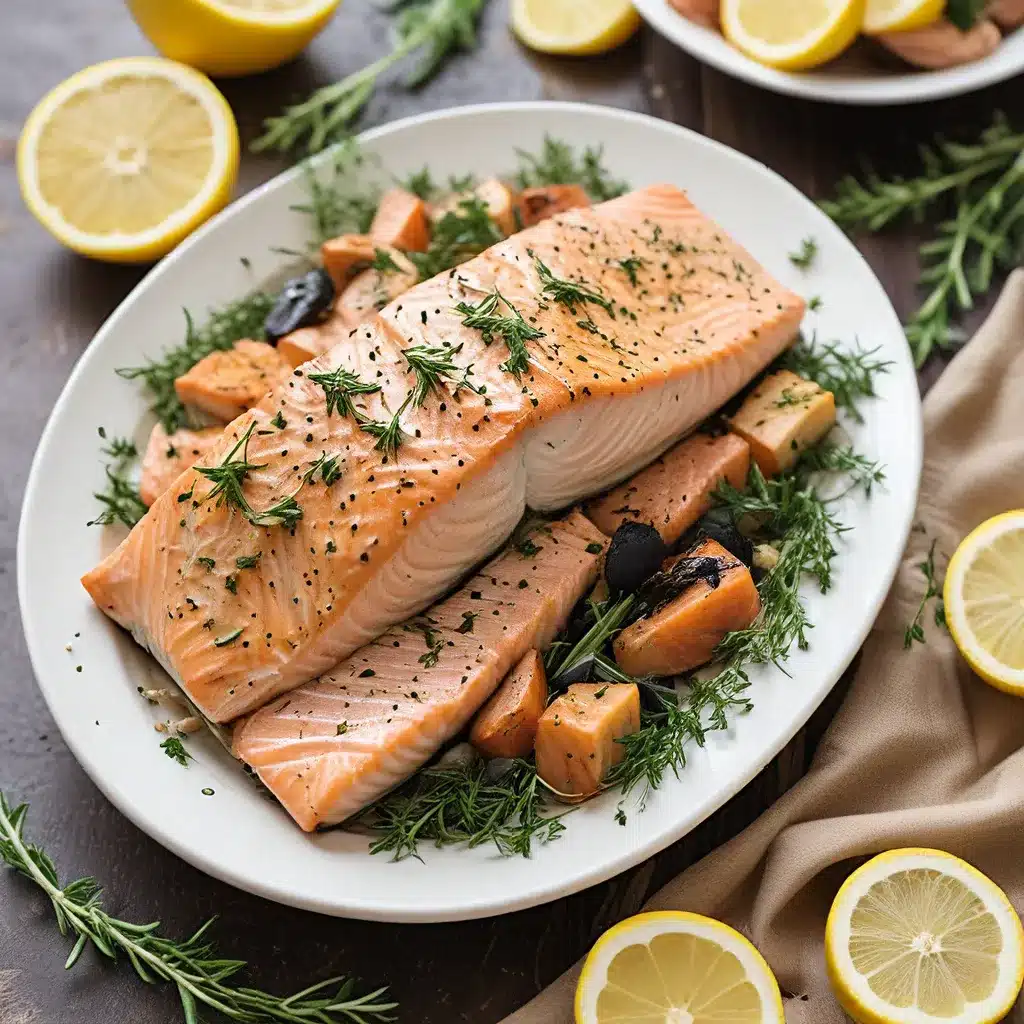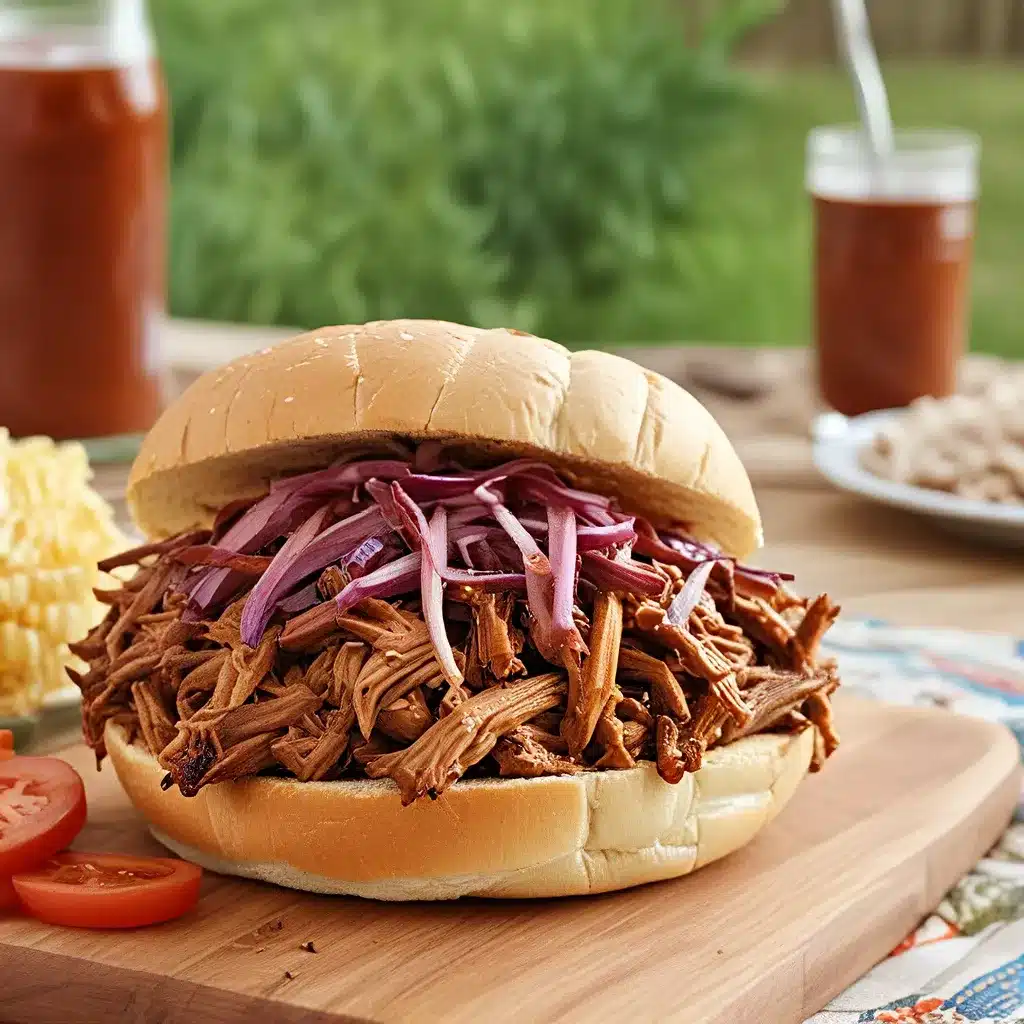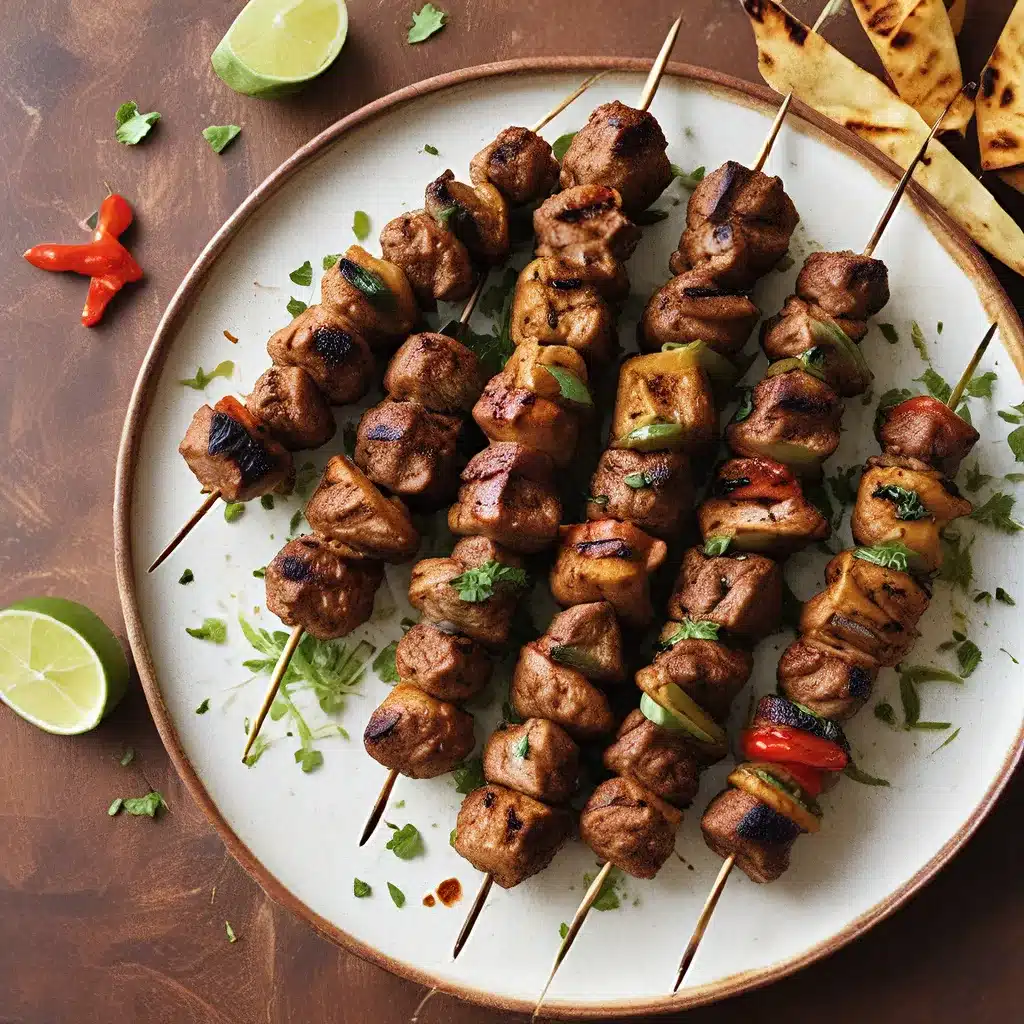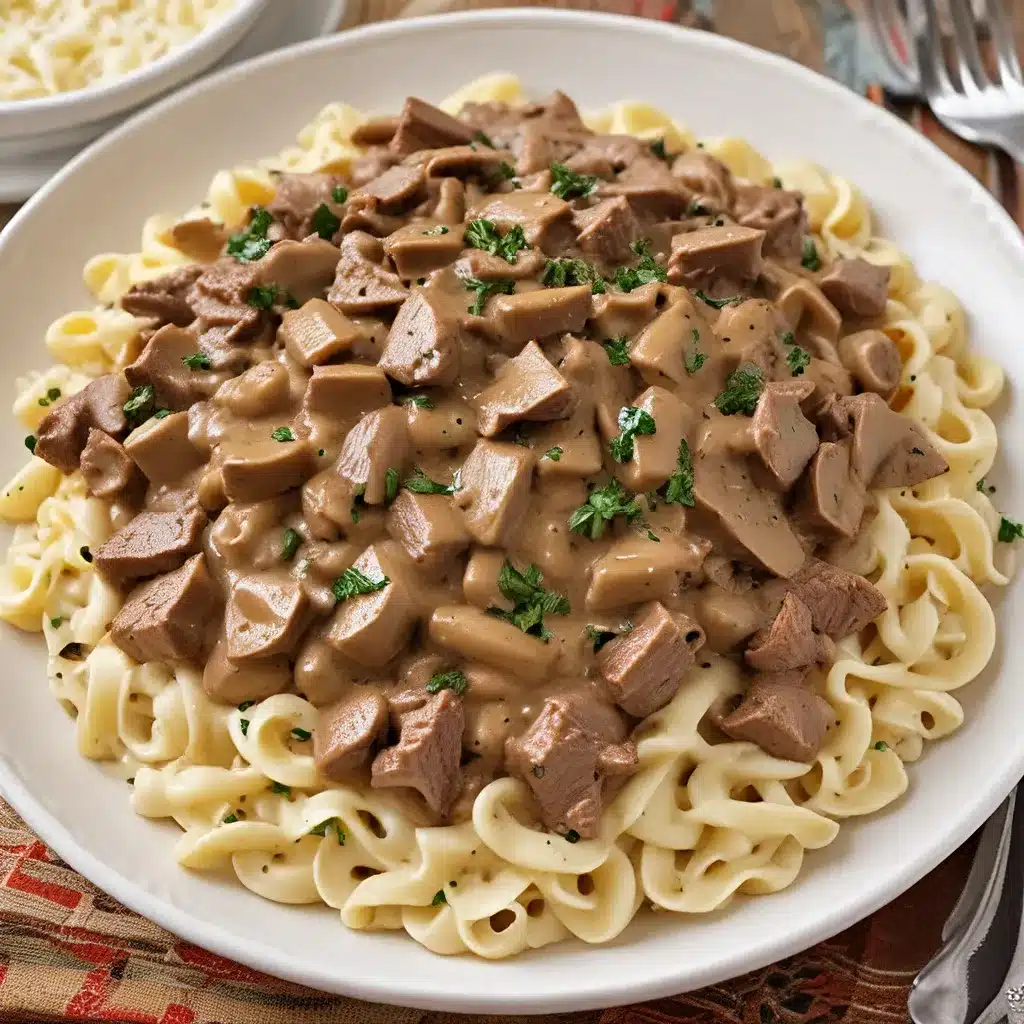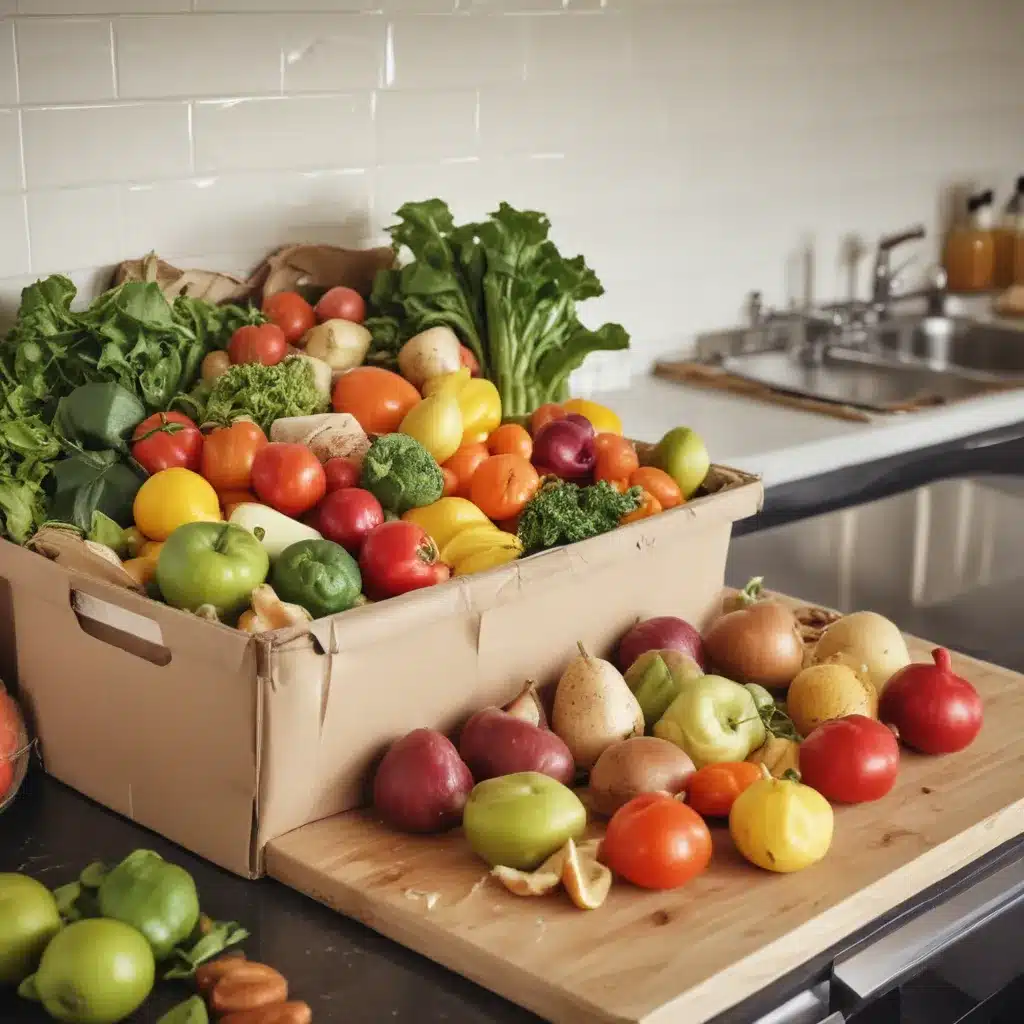
Turning a New Leaf on Food Waste
Did you know that between 30% and 40% of the food in the United States ends up in the trash each year? That’s a staggering 133 billion pounds of perfectly good food, valued at a whopping $161 billion – down the drain! As someone who loves cooking and trying new recipes, this statistic makes my heart sink. Not only is all that edible food being wasted, but think of the energy, water, and land that went into producing it. What a tragic loss.
Well, I’m on a mission to do something about this food waste epidemic, and I’m inviting you to join me. In this article, I’ll share my top tips and tricks for reducing food waste in your own kitchen. From clever storage methods to creative recipe ideas, we’re going to make the most of every last morsel. After all, our wallets and the planet will thank us.
Taking Stock
The first step to reducing food waste is taking a good hard look at what’s already in your kitchen. How many times have you opened the fridge or pantry, only to discover a forgotten jar of pickles or a bag of wilted greens hiding in the back? Guilty as charged!
That’s why I always make it a point to do a thorough inventory before heading to the grocery store. I open up the fridge, freezer, and cabinets, jotting down a list of everything I have on hand. This not only helps me plan my meals more efficiently, but it also prevents me from buying duplicate items or letting fresh produce go to waste.
As the experts at Mayo Clinic recommend, I try to “take stock of your pantry, refrigerator and freezer before going to the store to prevent overbuying.” It’s a simple step, but it can make a world of difference in reducing food waste.
Meal Planning for the Win
Once I’ve taken stock of my kitchen, I move on to the next crucial step: meal planning. This may sound like a chore, but trust me, it’s a game-changer when it comes to minimizing food waste.
I like to sit down at the beginning of each week and map out a plan for our meals. I consider what fresh produce, proteins, and pantry staples I already have, and then I build my menu around those ingredients. This not only helps me avoid buying more than I need, but it also ensures that I use up all the perishable items before they spoil.
As the experts at the University of Colorado Boulder point out, “Planning at least a few meals for each week is a great way to ensure you have healthy meals. It also prevents you from buying too much food because you feel like you need to be prepared for anything.”
Plus, coordinating your meals so you’re using up the same ingredients in different dishes is a smart way to stretch your food further. For example, if I have a bunch of broccoli that needs to be used up, I’ll plan to serve it as a side one night and then incorporate it into a casserole or stir-fry later in the week.
Mastering the Art of Food Storage
Okay, so you’ve taken stock of your kitchen and planned your meals for the week. Now, it’s time to focus on the art of proper food storage. Because let’s be real, even the best-laid plans can go awry if your fruits, veggies, and leftovers don’t last as long as they should.
That’s why I’ve become a bit of a food storage ninja. I’ve learned that different foods require different storage methods to stay fresh. For example, the folks at Mayo Clinic recommend storing greens with a paper towel in a plastic container in the crisper drawer, tomatoes and bananas on the counter, and potatoes and onions in a cool, dark place. And don’t forget to keep a stash of frozen fruits and veggies on hand for when your fresh produce runs out.
When it comes to leftovers, I always make sure to store them properly in airtight containers and label them with the date. As the Mayo Clinic experts advise, “If you don’t think you will be able to eat your leftovers within three days, store them in the freezer and label them.” This way, I can enjoy them later without worrying about food poisoning or freezer burn.
Embracing the Ugly (Produce, That Is)
Okay, let’s talk about those less-than-perfect fruits and veggies that often end up in the trash. You know the ones I’m talking about – the misshapen carrots, the blemished tomatoes, the slightly bruised apples. In the past, I’ll admit that I was guilty of passing these “ugly” produce items by in favor of their picture-perfect counterparts. But not anymore!
These days, I’ve made a conscious effort to embrace the imperfect. As the Mayo Clinic experts point out, “Purchasing imperfect food refers to misshaped or oddly shaped fruits or vegetables, and it has never been easier. Some companies will deliver ‘ugly’ foods to you with a monthly subscription.”
I’ve also started forging relationships with local farmers through community-supported agriculture (CSA) programs and farmers markets. Not only does this give me access to fresh, seasonal produce, but it also allows me to get my hands on all sorts of unique and imperfect items that I might have overlooked at the grocery store.
Sure, these “ugly” fruits and veggies might not be Instagram-worthy, but I can assure you that they taste just as delicious as their pristine counterparts. Plus, by choosing to support these products, I’m doing my part to reduce food waste and support local agriculture. It’s a win-win in my book!
Cooking with Intention
Now that we’ve covered the importance of taking stock, meal planning, and embracing ugly produce, let’s talk about the fun part: cooking! After all, what good is all that food if you’re not actually going to eat it?
One of my favorite ways to reduce food waste in the kitchen is to get creative with recipes that allow me to use up odds and ends. For example, I recently whipped up a delicious Creamy Tomato Soup using a can of diced tomatoes that had been lurking in my pantry for a while, along with some leftover heavy cream and a squirt of ketchup (which served as a great stand-in for tomato paste).
I also love making big batches of vegetable soup, which allows me to use up all those random bits of produce that might otherwise end up in the trash. As the experts at Nutritious Eats explain, “I literally took all the last bits of vegetables, along with some pantry staples like broth, canned tomatoes and beans and made this super nutritious soup.” A little pesto, parmesan, and fresh basil, and voila – a delicious and nourishing meal that’s also earth-friendly.
And let’s not forget about those pesky food scraps. Instead of tossing them, I like to repurpose them into tasty treats. Veggie peels and scraps make an excellent base for homemade broth, while stale bread can be transformed into crunchy croutons or a decadent bread pudding.
A Greener Kitchen, One Bite at a Time
So there you have it, my friends – a roadmap for reducing food waste in your own kitchen. From taking stock and meal planning to embracing ugly produce and getting creative with recipes, there are so many ways we can make a difference.
Remember, every little bit counts when it comes to fighting food waste. And the best part? By making these simple changes, you’re not only saving money and helping the environment, but you’re also whipping up some truly delicious and nourishing meals.
So what are you waiting for? Let’s get cooking and put an end to food waste, one bite at a time. Who’s with me?
Home Cooking Rocks is the place to be for all your cooking and recipe needs. Check out our wide selection of tasty, earth-friendly dishes that will have you saying, “Yum, no waste here!”

